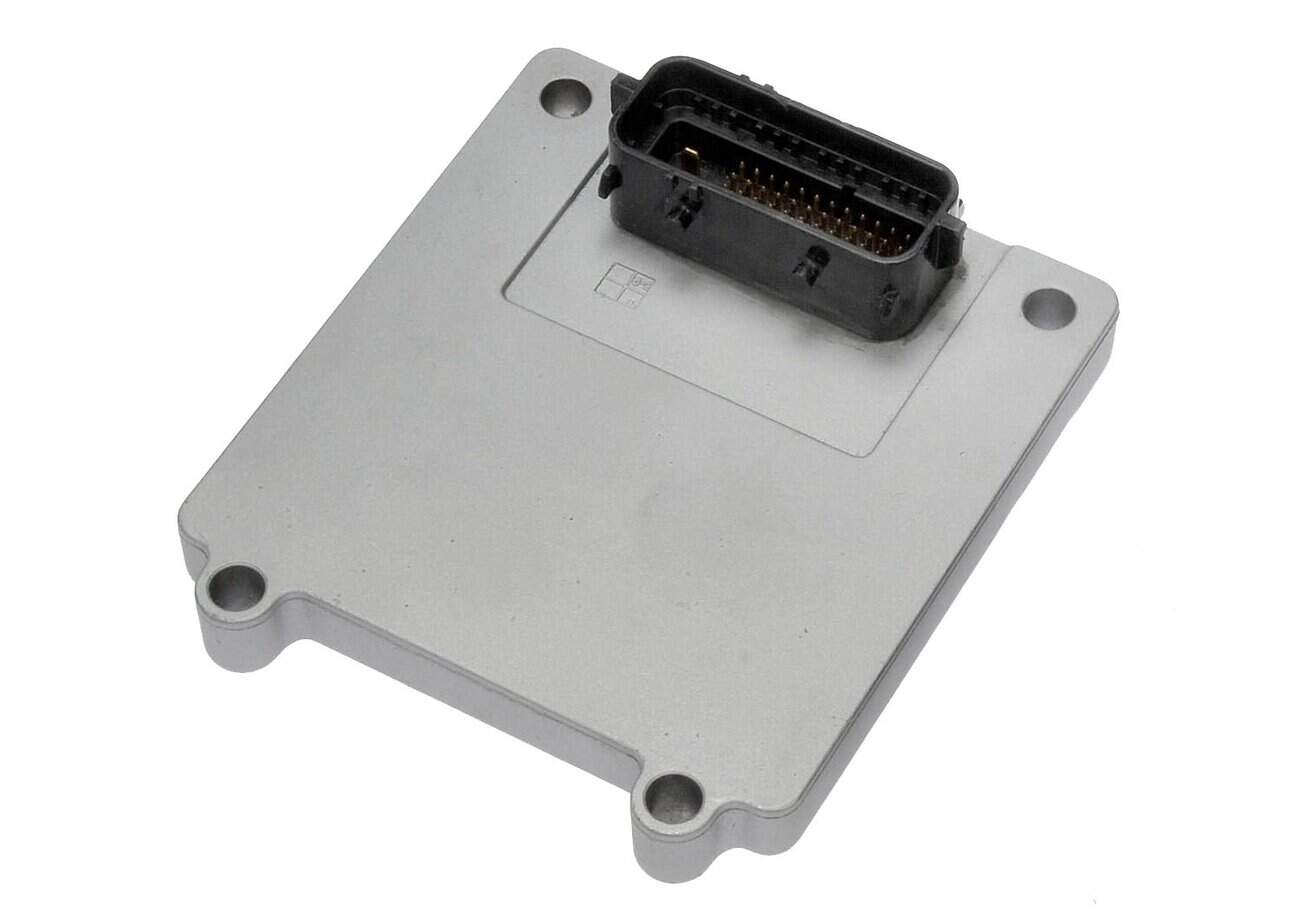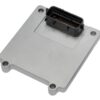If your 2006-2007 Chevrolet Monte Carlo is suffering from erratic shifting, getting stuck in gear, or has an illuminated check engine light, a failing Transmission Control Module (TCM) is the most likely culprit. As a technician with over two decades of experience, I’ve seen firsthand how a faulty TCM can make a perfectly good car feel unreliable and unsafe. This T42 Transmission Control Module, part number 24235340, is the definitive solution to restore your vehicle’s transmission performance and your peace of mind.
The TCM is the brain of your automatic transmission. It processes data from various sensors to command precise gear changes and ensure smooth operation. Over time, heat cycles and electrical stress can cause these modules to fail, leading to a host of frustrating and costly problems. Our module is meticulously tested to meet or exceed OEM standards and comes pre-programmed to your vehicle’s specific VIN. This means you get a true plug-and-play part that eliminates the need for an expensive trip to the dealership for programming.
From the Diagnostic Bay
A customer brought in a ’07 Monte Carlo with a complaint that was driving them crazy: intermittent, bone-jarring shifts from 1st to 2nd gear, but only after the car was fully warmed up. No check engine light, initially. We checked fluid levels and solenoid resistance—all perfect. The problem felt electronic. After connecting a high-end scan tool, we saw the TCM was intermittently dropping communication. Instead of a costly diagnostic rabbit hole, we recommended this VIN-programmed module. The customer, a DIYer, installed it himself in about 20 minutes. The problem was gone instantly. He saved hundreds on diagnostic labor and dealership programming fees.
Is Your Monte Carlo Showing These Symptoms?
A failing TCM will give you clear warning signs. If you’re experiencing any of the following, it’s time for a replacement:
- ✔ Harsh, delayed, or unpredictable gear shifts.
- ✔ Vehicle is stuck in “limp mode” (usually 2nd or 3rd gear).
- ✔ Check Engine Light or Transmission Warning Light is on.
- ✔ Diagnostic Trouble Codes (DTCs) are stored, especially P0700 (Transmission Control System Malfunction) or various solenoid-specific codes (e.g., P0750, P0753).
- ✔ Poor acceleration and a sudden drop in fuel economy.
- ✔ Complete loss of communication with the TCM, preventing shifting.
A Straightforward Guide to Your 2006-2007 Monte Carlo TCM Installation
This is a job most DIYers can handle in their driveway in under 30 minutes. For the 2006-2007 Monte Carlo, the TCM is conveniently located under the lower air cleaner housing.
- Safety First: Disconnect the negative terminal from your car’s battery to prevent any electrical shorts and to help reset the system.
- Locate the Module: Remove the air cleaner assembly to access the TCM mounted below it.
- Disconnect and Remove: Carefully unplug the electrical connectors. Press the release tabs firmly. Then, unbolt the module from its mounting bracket.
- Install the New TCM: Bolt the new, pre-programmed module into place. Reconnect the electrical harnesses, ensuring they click securely into place.
- Reassemble and Finalize: Reinstall the air cleaner assembly and reconnect the battery terminal. Start the vehicle and allow it to idle for a few minutes. If you have a scan tool, it’s good practice to clear any lingering fault codes.
Verified Vehicle Compatibility
This module is the correct fit for the 2006-2007 Chevrolet Monte Carlo. It is also a direct replacement for a wide range of other GM vehicles that use the T42 TCM, including models like the Chevrolet Impala, Buick LaCrosse, and Pontiac Grand Prix. It is interchangeable with numerous part numbers, including 24252114, 24234503, 24230461, 24234274, and more, guaranteeing a perfect fit for your repair.
Frequently Asked Questions
Frequently Asked Questions
What does a Transmission Control Module (TCM) do?
The TCM is a computer that controls all the functions of your automatic transmission. It takes information from engine and vehicle speed sensors to determine the perfect time to shift gears, control fluid pressure, and engage the torque converter clutch for optimal performance and fuel efficiency.


